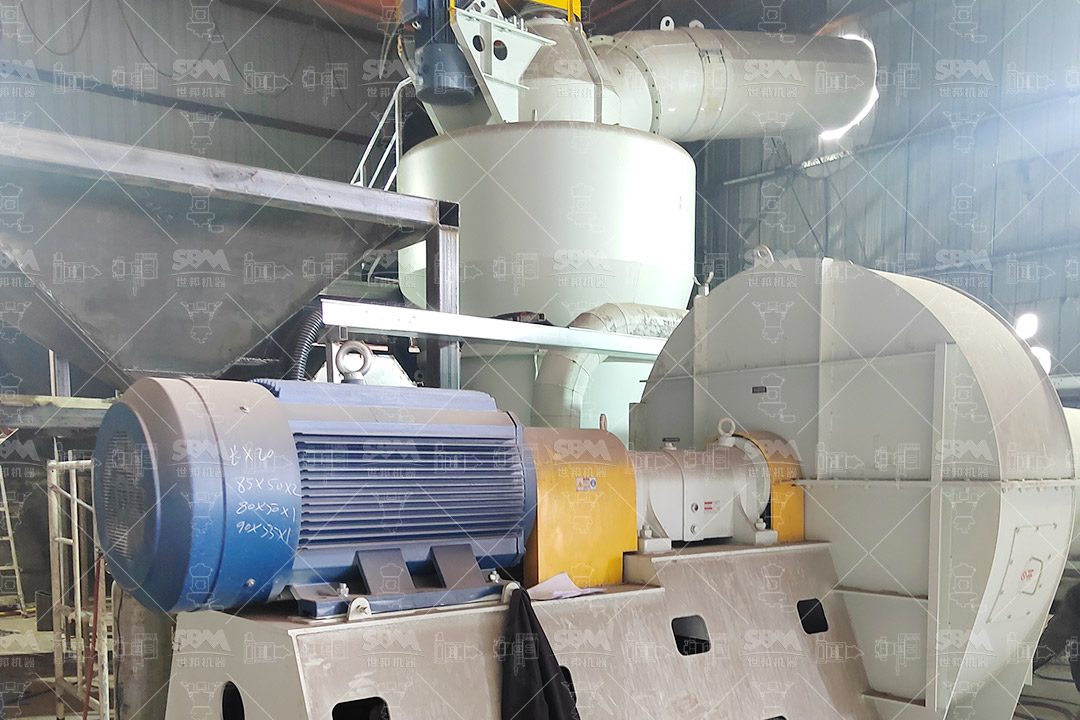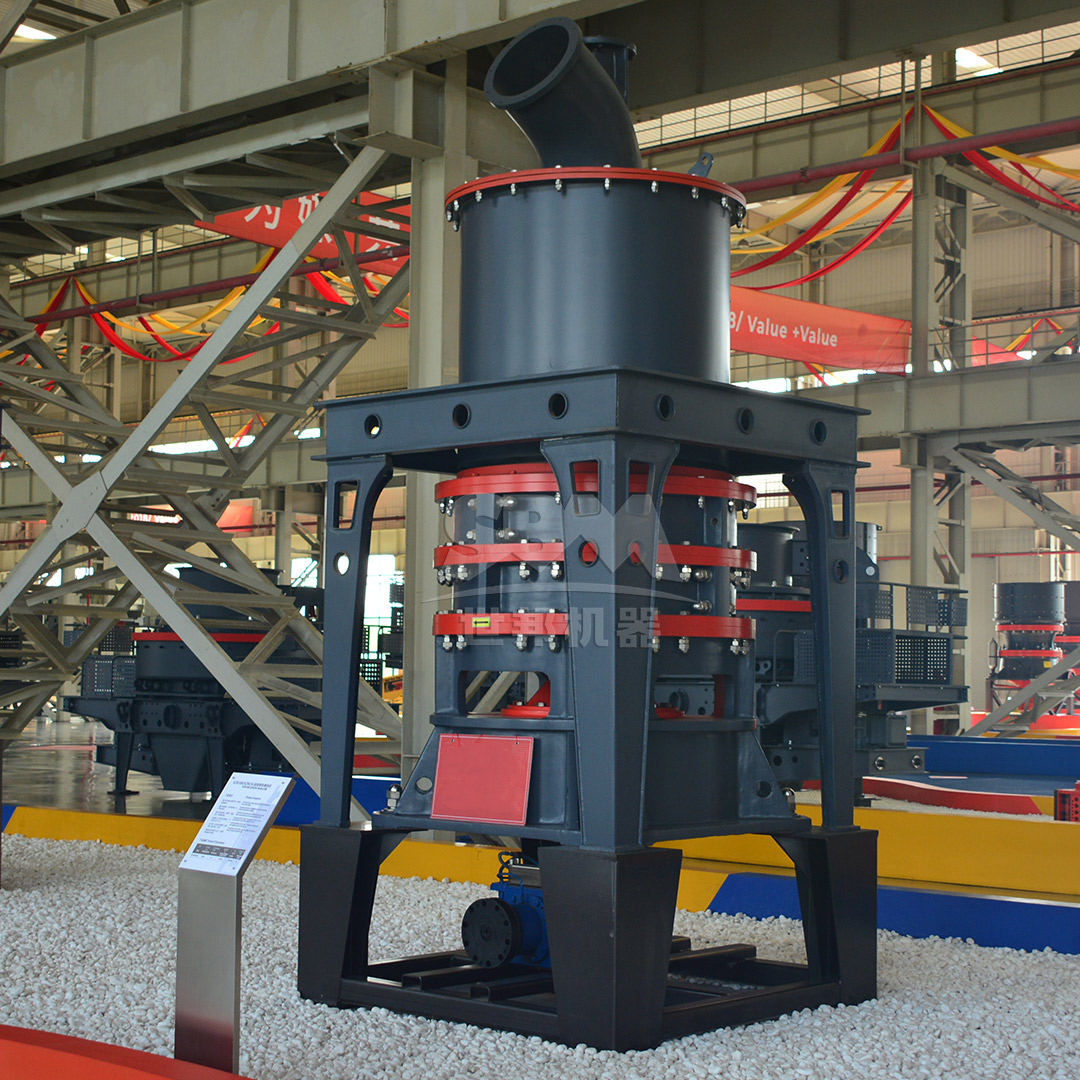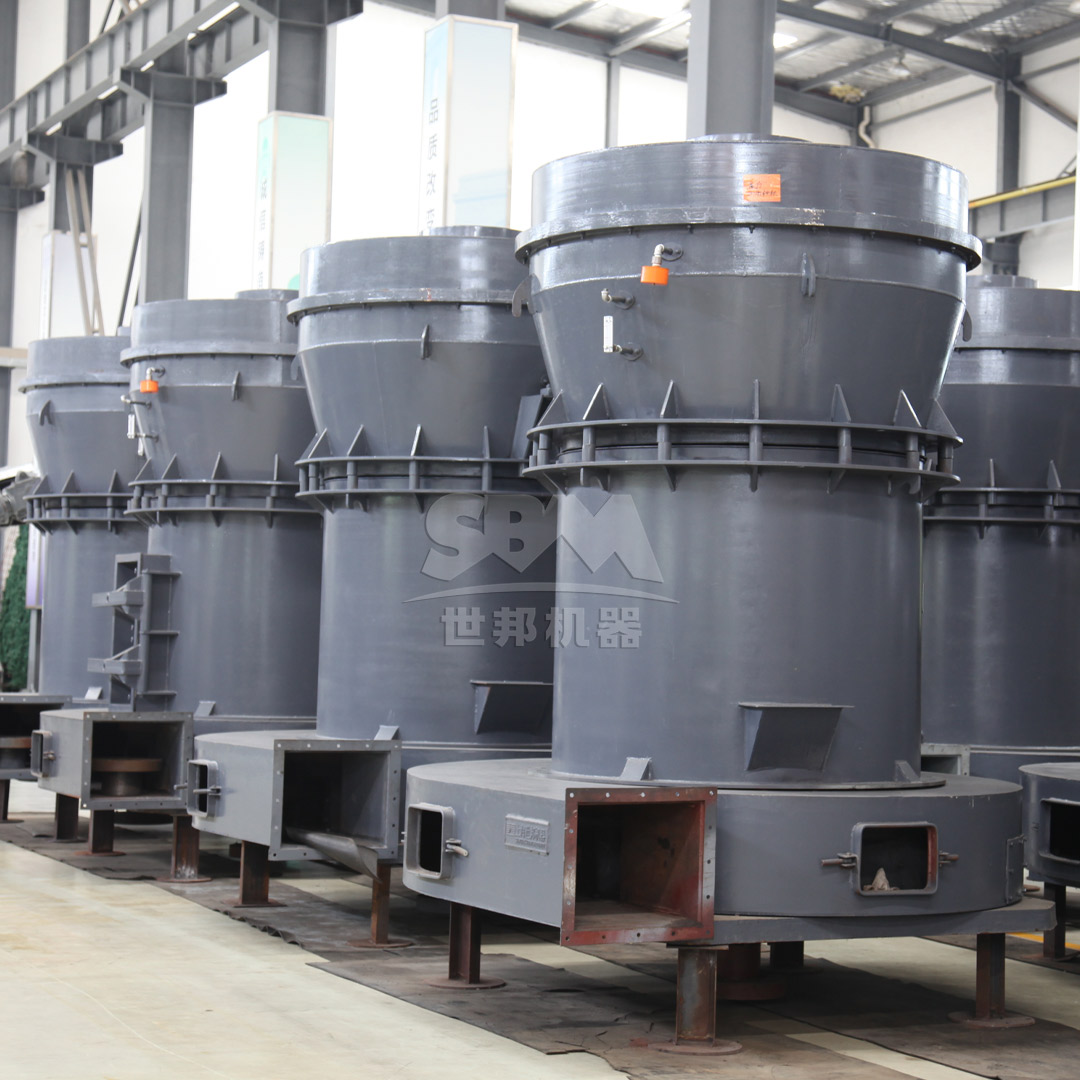Talc, a hydrated magnesium silicate mineral, is one of the most versatile industrial minerals with applications spanning from cosmetics and pharmaceuticals to plastics and ceramics. The processing of talc requires specialized equipment that can achieve the precise particle size distribution and purity demanded by various industries. While traditional hammer mills have been used for decades in mineral processing, modern technological advancements have led to the development of more sophisticated grinding solutions that offer superior efficiency, precision, and environmental performance.
The value of talc is directly linked to its physical properties, including whiteness, brightness, and particle size. Different applications require specific fineness levels:
Traditional hammer mills, while effective for coarse grinding, often struggle to achieve the ultra-fine specifications required for high-value talc applications. This limitation has driven the development of advanced grinding technologies that can handle the soft, platy structure of talc while maintaining product quality and operational efficiency.
While hammer mills offer advantages in terms of simplicity and cost-effectiveness for coarse grinding applications, they present several challenges when processing talc to modern specifications:
| Limitation | Impact on Talc Processing | Consequence |
|---|---|---|
| Limited fineness control | Inability to achieve ultra-fine specifications | Reduced product value and marketability |
| High energy consumption | Inefficient grinding mechanism for soft minerals | Increased operational costs |
| Heat generation | Potential degradation of talc properties | Quality inconsistencies |
| Contamination risk | Wear parts contact with product | Purity concerns for sensitive applications |
These limitations have prompted the mineral processing industry to seek more advanced solutions that can overcome these challenges while maintaining the operational benefits of traditional grinding systems.

Modern talc processing demands equipment that can deliver precise particle size control, high efficiency, and consistent product quality. Our company has developed specialized grinding solutions that address the specific requirements of talc processing while overcoming the limitations of conventional hammer mills.
For applications requiring ultra-fine talc powder with exceptional purity and consistency, our SCM Ultrafine Mill represents the pinnacle of grinding technology. This advanced system is specifically engineered to handle the unique challenges of talc processing:
| Feature | Technical Advantage | Benefit for Talc Processing |
|---|---|---|
| High-precision vertical turbine classifier | Accurate particle size cutting | Consistent D97 ≤ 5μm output |
| Special material roller and grinding ring | Extended service life | Reduced contamination risk |
| Intelligent control system | Automatic feedback on product fineness | Stable product quality |
| Pulse dust collection system | Collection efficiency exceeding international standards | Environmental compliance |
The SCM Ultrafine Mill operates through a sophisticated multi-layer grinding mechanism where the main motor drives three layers of grinding rings to rotate. Material is dispersed to the grinding path by centrifugal force, undergoes roller pressing and crushing, and is gradually ground layer by layer. The final powder collection is completed by a cyclone collector and pulse dust removal system, ensuring maximum efficiency and minimal product loss.
With capacity ranging from 0.5 to 25 tons per hour and the ability to achieve fineness between 325-2500 mesh (D97 ≤ 5μm), the SCM series is perfectly suited for high-value talc applications in cosmetics, pharmaceuticals, and specialty plastics. The system’s energy efficiency – offering twice the capacity of jet mills with 30% lower energy consumption – makes it an economically viable solution for premium talc production.

For applications requiring talc in the medium to fine range (30-325 mesh), our MTW Series Trapezium Mill offers an optimal balance of performance, efficiency, and versatility. This European-style grinding mill incorporates several innovative features that make it ideal for talc processing:
The working principle involves the main motor driving the grinding roller to revolve around the central axis while rotating itself to generate centrifugal force. The shovel blade throws material between the grinding ring and roller to form a material layer, achieving efficient crushing through extrusion. The classification system precisely controls the final particle size, ensuring consistent product quality.
With capacity ranging from 3 to 45 tons per hour and multiple configuration options, the MTW series can be tailored to specific production requirements while maintaining operational efficiency and product consistency.
Choosing the appropriate grinding equipment depends on multiple factors including target particle size, production capacity, energy efficiency requirements, and product purity specifications. The following comparison highlights the optimal applications for each technology:
| Application Requirement | Recommended Equipment | Key Advantages |
|---|---|---|
| Ultra-fine talc (D97 ≤ 5μm) | SCM Ultrafine Mill | Precise classification, high whiteness preservation, energy efficient |
| Medium-fine talc (30-325 mesh) | MTW Trapezium Mill | High capacity, versatile operation, low maintenance |
| Large-scale production | LM Vertical Roller Mill | High throughput, integrated system, low operating costs |
| Cost-sensitive applications | MTM Medium-speed Trapezium Mill | Economic operation, reliable performance, easy maintenance |
Modern talc processing must address both environmental compliance and economic viability. Our grinding solutions incorporate advanced features that support sustainable operations:
The economic benefits extend beyond energy savings to include reduced maintenance costs, extended equipment life, and higher product value through improved quality consistency.

While traditional hammer mills served their purpose in historical talc processing operations, modern industry demands require more sophisticated solutions that can deliver precise particle size control, operational efficiency, and product consistency. Our advanced grinding technologies, particularly the SCM Ultrafine Mill and MTW Series Trapezium Mill, represent the evolution of talc processing equipment – offering specialized solutions for different application requirements while addressing the environmental and economic challenges facing modern mineral processing operations.
By selecting the appropriate grinding technology based on specific product requirements and operational parameters, talc processors can optimize their production processes, enhance product value, and maintain competitive advantage in increasingly demanding markets. The future of talc processing lies in intelligent, efficient, and flexible grinding solutions that can adapt to evolving market requirements while maintaining the highest standards of quality and sustainability.